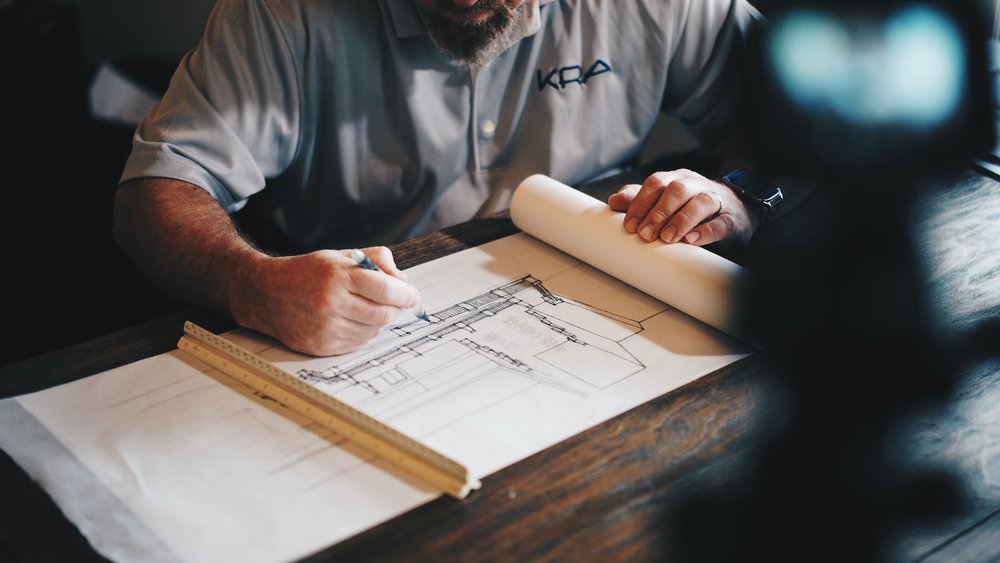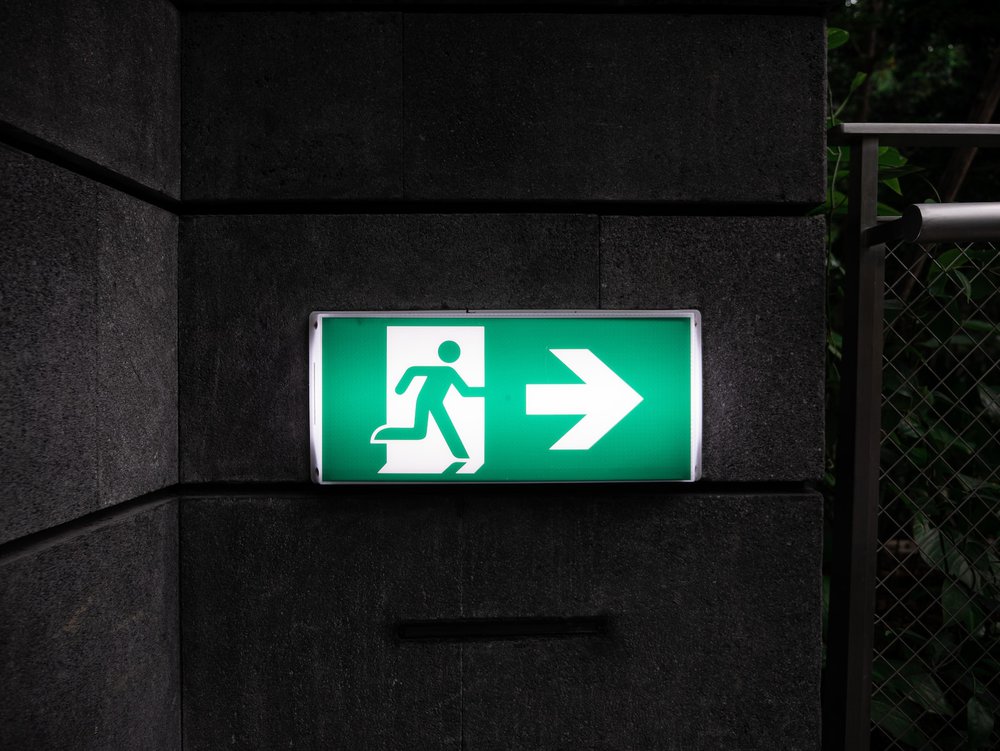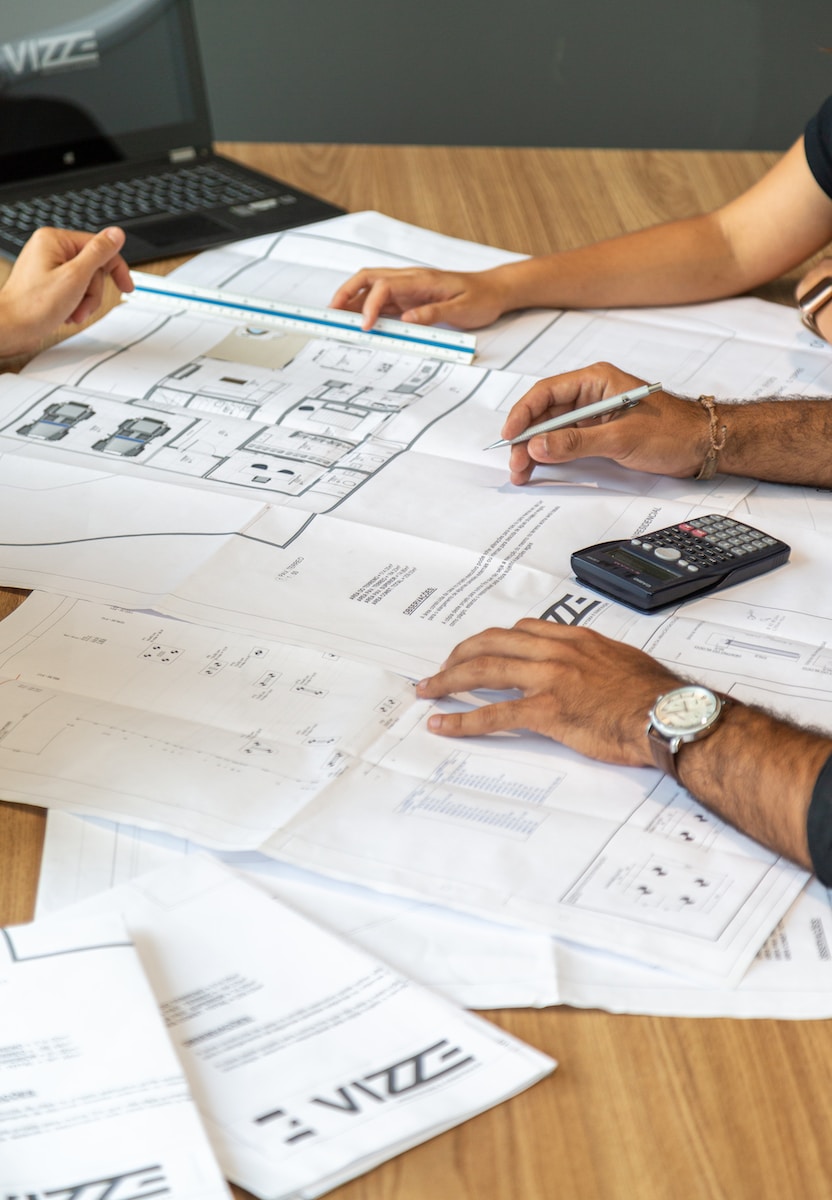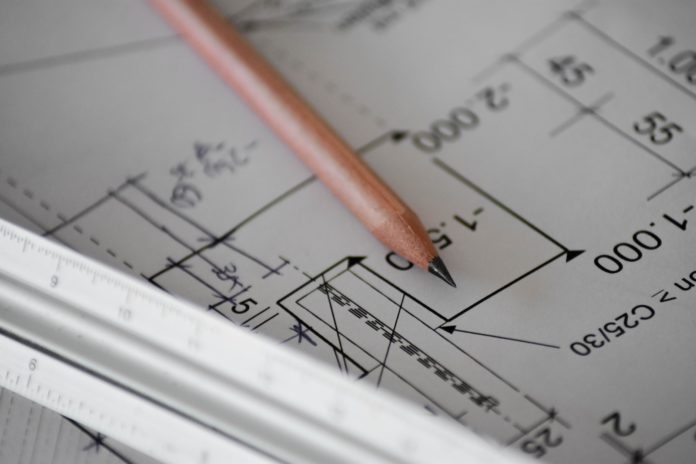Indoor maps offer a vital solution for safety. They give individuals the confidence to navigate complex indoor spaces with ease. Emergency responders can use them to quickly locate and reach people in need.
Indoor maps also help to identify potential threats and vulnerabilities in buildings. Plus, they assist people with disabilities or special needs by providing them with detailed maps to plan routes and access important facilities.
Advanced technology makes indoor maps even better. Sophisticated sensors and data analytics give real-time updates on occupancy levels, guiding users away from crowded areas.
A study conducted by the University of Missouri-Columbia shows that indoor mapping systems have improved response times during emergencies. They also make buildings safer overall.
Understanding the Purpose of Indoor Maps for Safety
Indoor maps are very important for safety in buildings and facilities. They show detailed layouts and navigational features, such as emergency exits, fire extinguishers, first aid stations, etc. Maps help people quickly find safety resources; they reduce response times in emergencies, and prevent accidents or unauthorized access.
Maps also make it easier for visitors to find their way around, avoiding confusion, frustration, and potential risks. Mobile apps and websites make it possible to plan routes beforehand.
To optimize the effectiveness of indoor maps for safety, three suggestions can be made:
- Regularly update maps to reflect any changes;
- Use clear labeling with universal symbols and colors;
- Incorporate real-time monitoring with sensors and IoT technology
Gathering Necessary Resources for Creating Indoor Maps
Gathering the necessary resources for creating indoor maps involves obtaining and organizing key elements required for the mapping process. Here are the key points to consider:
- Collecting accurate floorplans and layouts of the indoor space is essential.
- Acquiring high-resolution images or photographs of the premises aids in the mapping process.
- Access to advanced mapping software or tools with indoor mapping capabilities is crucial.
- Using specialized measurement devices like laser distance meters permits precise measurements.
- Procuring information about the infrastructure and architectural details of the indoor area is necessary.
- Collaborating with experts in architectural design or surveying ensures accurate and comprehensive mapping.
Additionally, conducting user research and gathering feedback on the indoor map functionality and usability can further enhance the mapping process.
Did you know? According to a report by the International Facility Management Association (IFMA), indoor maps can help reduce emergency response time by up to 33%.
Stay tuned for more insights on creating robust indoor maps to optimize safety and navigation within indoor spaces. With accurate floor plans, you won’t have to rely on a game of ‘Marco Polo’ to find the nearest exit during a fire.

Floor Plans and Blueprints
Floor plans and blueprints are visual representations of a building’s layout. These are essential for creating precise indoor maps. They include details such as dimensions, walls, and doorways. Moreover, they help with positioning objects and defining navigation routes. They also aid in accessibility and emergency response.
Not just drawings, floor plans and blueprints are vital references in architecture, engineering, and interior designing. They provide better planning and resource optimization during construction or renovation projects.
The National Institute of Building Sciences (nibs.org) states that accurate floor plans and blueprints are important for the efficient design and management of buildings. After all, measuring seven times before cutting is key to success in the world of indoor maps.
Measurement Tools
Laser distance meters are key for mapping large indoor areas. These devices use laser beams to measure distances quickly and accurately, without touching the surfaces. Tape measures are also useful for mapping small indoor spaces. They provide reliable, manual measurements – length and width, for example. Digital measuring devices combine the features of laser and tape measures into one user-friendly tool. Input the parameters and it calculates the measurements automatically.
In the past, before advanced measurement tools, indoor mapping was a laborious task. Traditional tapes or rulers were used, taking a long time and prone to errors. Now, measurement tools have revolutionized the field. They simplify the process, providing accurate measurements for indoor maps. Whether it’s laser, tape, or digital, these are essential tools in many industries – architecture, interior design, facilities management, navigation systems, etc. And digital mapping software has turned architects into cartographers. Who needs a career solely focused on buildings when they can be Google Maps experts too?
Digital Mapping Software
Digital mapping software is an essential tool for creating indoor maps. It has user-friendly features and advanced functionalities. It integrates with scanners and sensors to collect precise data. Also, it offers customization options for furniture, equipment, and signage.
Moreover, it provides seamless collaboration capabilities. Multiple users can work on the same project at once. The software also enables easy sharing and exporting of maps in different formats.
For an enhanced experience, take advantage of its 3D visualization capabilities. This will create immersive experiences and provide a realistic representation of indoor spaces. Plus, it’ll help stakeholders understand the layout and design better.
And, pro tip – utilize digital mapping software to assess safety needs and identify critical areas. This ensures that escape routes to the coffee machine are mapped out, in case of office emergencies!
Assessing Safety Needs and Identifying Critical Areas
Safety in indoor spaces is key. Evaluate potential hazards and vulnerabilities to identify critical areas. Identify fire escape routes, emergency exits, or places with limited visibility. Analyze layout and design of space; lighting, ventilation, and accessibility. Allocate resources to high-risk or high-value areas. Utilize indoor mapping to pinpoint problem areas and make informed decisions. Real-time info on location of individuals and potential hazards with indoor mapping.
NFPA study shows buildings with emergency plans and safety measures have lower casualties during emergencies. Escape plans are not secrets, everyone knows about them.

Mapping and Labeling Emergency Exits
Mapping and labeling emergency exits is a crucial aspect when it comes to ensuring safety within indoor premises. This process involves creating digital maps that identify and mark the locations of emergency exits, enabling individuals to navigate and evacuate the building easily in case of an emergency. By utilizing semantic natural language processing techniques, we can develop comprehensive and accurate maps that provide clear directions to emergency exits, minimizing confusion and potential risks.
Finding the perfect exit location is like a game of hide and seek for adults, but with higher stakes and less giggling.
Determining Optimal Exit Locations
Determining optimal exit locations is key in creating a secure environment. Proximity to potential hazards, accessibility for all, and navigation ease are important factors. High-occupancy and congested areas should also be taken into account. Advanced tech like simulations can help predict evacuee flow and optimize exits.
The aim is to keep occupants safe and secure during crises. Every second counts in saving lives.
Let’s work towards a world where safety is never compromised. Let’s ensure finding emergency exits is easier than finding ghosts!
Signage and Wayfinding
Why is appropriate signage and wayfinding important in complex environments?
– They give clear instructions: Signs and navigation systems help people quickly find emergency exits in an emergency.
– They reduce confusion: People can quickly identify key areas and access facilities with good signage, reducing panic.
– They make it easier for everyone: Signage should be placed at various heights and angles to make it easier for people of all abilities to navigate the premises.
It’s essential that these systems meet industry standards, such as size, color, placement, and language requirements. Consistency is key to create an effective signage network that fits any setting.
Fun Fact: 92% of building occupants think clearly marked exit signs are important for their safety in emergencies, according to the National Fire Protection Association (NFPA).
Designing and Implementing Safety Features: To make sure no emergency exit leads straight into a shark tank!

Designing and Implementing Safety Features
Designing and implementing safety features involves incorporating measures that ensure the well-being and security of individuals within indoor spaces. This entails creating a comprehensive and robust system that addresses potential hazards and mitigates risks effectively.
- Integrating surveillance cameras strategically throughout the premises to monitor and deter unlawful activities.
- Installing an efficient emergency notification system that promptly alerts individuals in case of threats or emergencies.
- Implementing access control measures such as security checkpoints and key card systems to regulate entry and ensure only authorized individuals can access certain areas.
Addressing the safety of indoor spaces requires attention to unique details that complement the overall security system. This may include incorporating advanced technologies like motion sensors and biometric authentication for enhanced security. Such measures contribute to a comprehensive safety framework that prioritizes the well-being of individuals in every corner of the indoor environment.
Pro Tip: It is essential to regularly update and maintain safety features to ensure optimal performance and effectiveness in mitigating potential hazards. Finding potential hazards is like going on a scavenger hunt, but instead of a prize, you get the satisfaction of keeping everyone alive and well.
Identifying Potential Hazards
When crafting safe designs, it’s essential to recognize potential hazards. To do this, we can fit safety features and ensure the users’ safety. Follow this 4-step guide for spotting potential hazards:
| Step | Description |
| 1 | Check the Environment: Take time to observe the environment where the design will be used. Look out for any existing or potential risks that could affect users. |
| 2 | Analyze User Interaction: Think about how users will interact with the design. Are there aspects that may harm users while using or misusing it? |
| 3 | Review Safety Regulations: Get to know safety regulations and standards relevant to your industry. Make sure your design adheres to them and includes necessary safety features. |
| 4 | Do Risk Assessments: Carry out full risk assessments to identify potential hazards and evaluate their severity and likelihood of occurring. This aids in prioritizing safety measures and understanding the best solutions. |
Be proactive in addressing potential hazards to create a safe design that meets user needs while keeping them secure. Safety should always be top priority when designing a product or environment.
Moreover, organizations like NIOSH can offer valuable help and advice on identifying hazards and applying safety measures effectively. For extra security, mark safe zones and areas, but the safest spot is probably under your bed during a horror movie night!
Marking Safe Zones and Areas
Marking safe zones and areas is essential for safety. Here’s what to do:
- Assess the area – identify potential risks.
- Set boundaries – use signs, barricades, lines.
- Instruct people – use signs and posters.
- Implement safety measures – install equipment, lighting, accessibility.
- Regular maintenance – inspect and maintain markings, signs, equipment.
Also bear in mind emergency exits, evacuation routes, and safety regulations. A cautionary tale reveals why accurate marking is so necessary – insufficient markings caused confusion on a construction site, leading to an accident.
By following these steps and understanding their importance, we can create safer spaces for everyone.
Testing and Evaluating the Indoor Maps
Testing and evaluating indoor maps is essential for their safety and functionality. Check accuracy by comparing it to measurements and landmarks. Assess clarity and readability to make sure important information is visible. Evaluate the usability of the map interface, seeing how intuitive it is for users. Perform performance testing to ensure quick loading on different devices. Collect feedback from surveys or studies to identify issues for improvement. Consider accessibility features like support for screen readers.
A shopping mall recently implemented an indoor navigation system without testing. Visitors had trouble finding stores due to inaccurate map data. This caused frustration and a drop in foot traffic for businesses. Adequate testing and evaluation would have prevented this. It shows why investing time and resources into accurate and usable indoor maps is important. Updating and maintaining them may not be exciting, but it’s the closest you’ll get to being a cartographer without leaving your cubicle!
Updating and Maintaining the Indoor Maps
Indoor maps are a must for keeping people safe. Regular updates and maintenance of these maps are key for providing accurate info to users. Making sure the maps are up-to-date can help businesses run better and enhance customer experiences.
Updates reflect any changes in the building layout or structure. This includes new rooms, modifying existing spaces, or updating fire exits. These updates make it easier for people to navigate indoors, avoiding confusion and danger.
Maintenance of indoor maps means monitoring and verifying the info provided. Room names, labels, and accessibility features must all be current. Any inaccuracies must be fixed right away to keep the maps reliable.
The need for updating and maintaining indoor maps is nothing new. In 2007, a major retail store had a safety problem due to old indoor maps. A customer got trapped instead of finding the exit. This showed how important it is to keep indoor maps up-to-date to prevent risks.
Conclusion
Safety is a major issue in today’s world, thus indoor maps are essential. They provide info about a building’s layout, helping people evacuate during emergencies. Furthermore, they can improve security and optimize building management systems. By utilizing tech such as augmented reality and IoT devices, they can boost safety.
Indoor maps also offer advantages for businesses. They make space planning efficient, enabling organizations to utilize resources effectively. For example, retailers can analyze customer flow to place products better. Companies can use them to manage office spaces and foster collaboration.
Indoor maps have advanced over the years. Initially developed for airports and malls, they are now being used in hospitals, schools and hotels. Easier mapping tools and smartphones have made it simpler for all businesses to create their own indoor navigation systems.
The Grenfell Tower fire highlighted the need for comprehensive indoor mapping systems that guide people to safety during emergencies. This tragedy made it clear how important indoor maps are.
Carol
Information sourced by the author for luxuryactivist.com. All content is copyrighted with no reproduction rights available. Images are for illustration purposes only.
